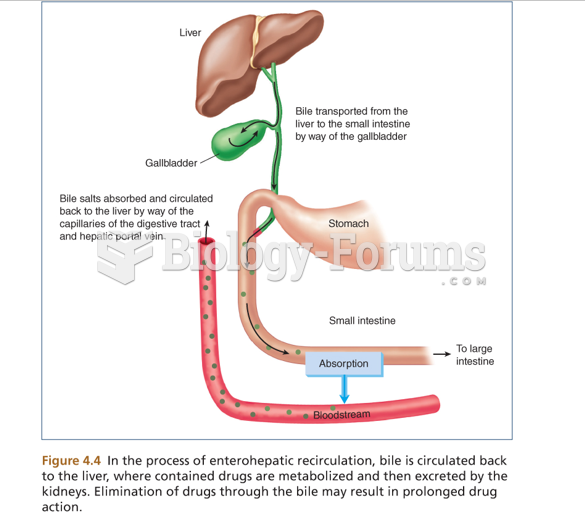This topic contains a solution. Click here to go to the answer
|
|
|
Did you know?
Not getting enough sleep can greatly weaken the immune system. Lack of sleep makes you more likely to catch a cold, or more difficult to fight off an infection.
Did you know?
The Romans did not use numerals to indicate fractions but instead used words to indicate parts of a whole.
Did you know?
Women are 50% to 75% more likely than men to experience an adverse drug reaction.
Did you know?
The human body produces and destroys 15 million blood cells every second.
Did you know?
More than 4.4billion prescriptions were dispensed within the United States in 2016.







